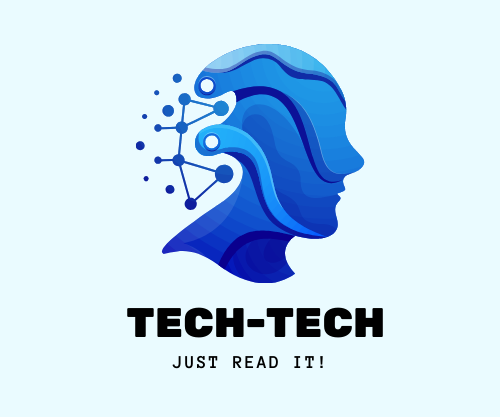
Cryptocurrency, a word that didn’t exist 10 years ago but, yet it is at the center of an industry with more than 300 Billion $ Market capitalization and counting, surpassing IBM a 106 years old company.
Despite its huge success, many still questioning the point of having this new kind of assets. I think the answer is still the same as in 2009 when Bitcoin is created. Cryptocurrencies enable direct move of economic value over the Internet, without the need of a trusted financial intermediary, and this is its main value proposition.
The use of cryptocurrencies evolved throughout the years. From a medium of exchange used by libertarian in the early days to achieve day-to-day transactions, to a new class of assets for those looking to diversify their financial holdings to control risk (store of value). For those who don’t want to employ the word money, they prefer to call it “a unit of account”.
There isn’t an event I attended or a workshop I animated about this nascent technology, during which the participants do not have a mixed feeling about cryptocurrencies: curiosity and skepticism.
Curious, about how this piece of technology succeeded to attract that amount of attention from many segments of the economy leading to the creation of a new line of thought.
Skeptic, about the financial success of many of those cryptocurrencies, afraid that all this is only a Ponzi scheme.
In this article I’ll try to explain why I believe in this technology and the way it is applied, by drawing some parallels between the real and the digital world.
The real (physical) world:
In the real (physical) world, people can own two types of assets: physical or financial. Physical assets are tangible assets with material existence like land, houses, cars, or any other commodities. On the other hand, financial assets represent a contractual claim on the physical assets or government money they represent (stocks, bonds, bank deposit, …).
Since a financial asset does not have value until it is converted into cash, its value can fluctuate. But they can easily be exchanged for useful things. This liquidity and exchangeability feature makes them attractive despite their abstract form.
Nonetheless, financial assets value depends deeply on the good behavior of intermediaries and most of these assets can’t even be exchanged without a trusted third party (except some bearer assets).
What I’m trying to say is that people that owns these kinds of assets are left with a feeling of unease specially during periods of financial turmoil pushing them to hold a considerable portion of their assets in physical Gold (https://en.wikipedia.org/wiki/Gold_bug)
Needless to enumerate the qualities of Gold which were known for centuries: Gold has a common international understanding of its value – the decentralized characteristic of Gold. Indeed, no government can undermine its value the way they do with their national currencies by printing “à gogo”.
Despite all its qualities, Gold is expensive to secure, hard to transport and can only be transferred through a physical transaction.
The virtual (digital) world:
The world is changing, from a physical one with tangible assets to a world governed by a new era “The Information Age”. In this era, people tend to replicate the Gold experience into this virtual world.
What we are looking for is an asset which is decentralized but with digital existence rather than a physical one and can be sent across the globe instantly.
This happens to be exactly the value proposition of cryptocurrencies, therefore the title of this article “The Gold of information Age”
Not that easy!!
I’m sure, many of you started questioning all this; “But Gold has an intrinsic value which is derived from its uses for Electronics, Computers, Dentistry, Medicine, Aerospace”
Yes, Gold have some intrinsic value which doesn’t influence its market price. Look at the following graph depicting the evolution of the Gold price in 10 years: this evolution has nothing to do with its intrinsic value.
Cryptocurrencies has also an intrinsic value and it is derived from its utility in the information age as a “good conductor of economic value over the Internet, without the need of a trusted financial intermediary” the same way physical Gold is a “corrosion-resistant conductor of electricity”. The more the cryptocurrency securely achieves this function, the more value it gains.
But same as Gold, this intrinsic value does not make all the value of Cryptocurrencies, the rest is a simple offer and demand economics with some speculative behaviors.
For those of you who might be interested with a good read on “Cryptoasset Valuations”, I recommend this article: https://medium.com/@cburniske/cryptoasset-valuations-ac83479ffca7
Cryptocurrencies are here to stay …
The same way that you can’t kill an idea, Cryptocurrencies also can’t die.
In addition, cryptocurrencies are based on a solid technology – Blockchain, that is often compared to the invention of the Internet itself.
I’m not telling you that every Cryptocurrency is good and worth investing in. Certainly, many of the ICO’s are just a scam. A simple rule of thumb: don’t invest in an ICO project that provided only a white paper unless it is really really good. Also, check the background of the people launching the ICO.
Legal Disclaimer: The information provided in this article can’t be used as a financial advice to invest in cryptocurrencies. You should know that investing in cryptocurrencies can be risky.
